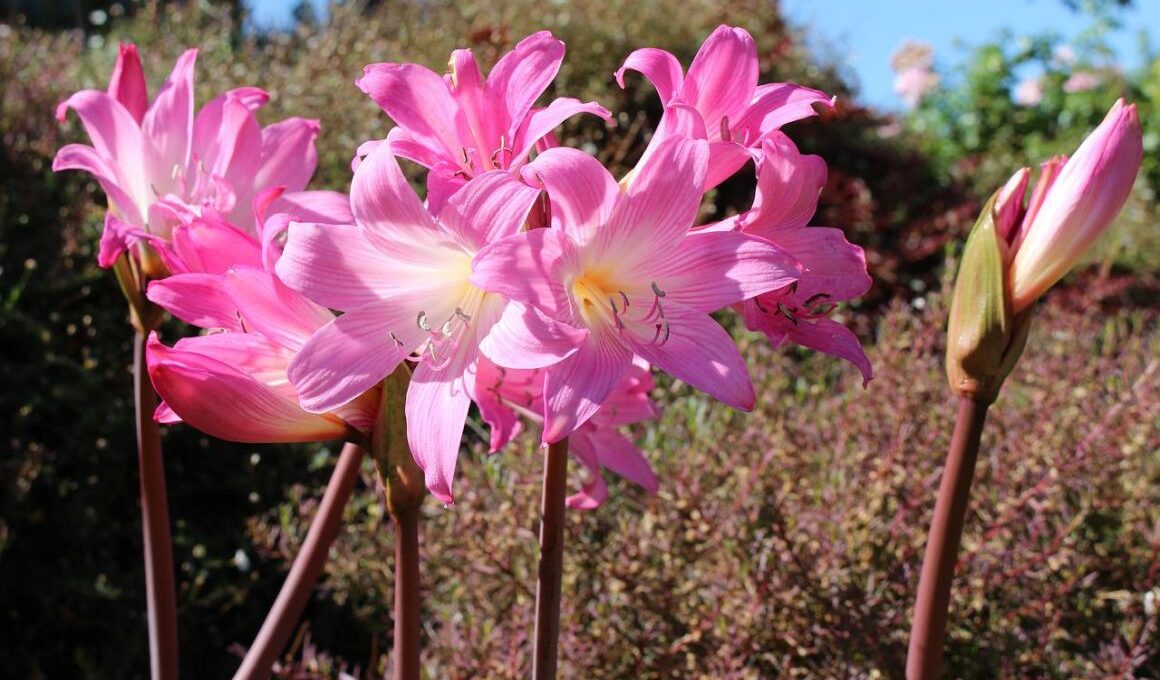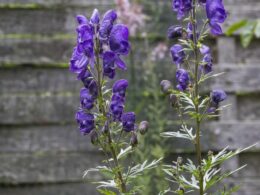Atropa Belladonna Flower Description
They usually bloom during the summer months. The center of the flower is often a deep purple or black color. Belladonna flowers are very fragrant, and their scent can often be detected from afar. Bees and other pollinators are attracted to the flowers for their nectar.
Characteristics
The flowers of the Belladonna plant are not large, bell-shaped and violet. Each flower has five petals which spread outwards, giving the flower a star-like appearance. Belladonna flower leaves are typically found on plants in the nightshade family, which includes both ornamentals and vegetables like tomatoes, peppers, and potatoes. The fruits can be about 0.5 inches in diameter and are shiny black.
Belladonna Flower: a Beautiful Woman
The belladonna flower name comes from the Italian word for “beautiful woman”, due to the fact that it was once used as a cosmetic. Women would apply a small amount of belladonna extract to their eyelids, which would cause their pupils to dilate and make them appear more beautiful.
However, the belladonna flower is extremely poisonous. All parts of the plant are toxic, but the berries are the most dangerous. Just one berry can kill a child, and eating just a few leaves can be fatal for an adult. They are especially dangerous for children, since they look tempting, and they have a somewhat sweet taste.
Belladonna Is Poisonous
The belladonna flower, also known as deadly nightshade, is a beautiful but dangerous plant. It has been used for centuries in medicine and cosmetics, but its poisonous nature means it must be used with great care. The belladonna flower is a member of the Solanaceae family, which also includes tomatoes, potatoes, and eggplants. The plant is native to Europe, but it can now be found in many parts of the world. It produces fruits similar to black berries.
Where Does Belladonna Flower Grow?
The plant is native to Eastern, Central and Southern Europe, North Africa, and Western Asia, and it can now be found in many parts of the world. The belladonna flower typically grows in open woods or on the edges of forests, where it gets plenty of sun. The plant prefers sandy or well-drained soils and can reach a height of up to six feet.
How to Distinguish Deadly Nightshade From Twinberry Honeysuckle?
The Belladonna flower has dark green leaves and small, purple flowers that grow in clusters. The berries of the plant are black and shiny, and they contain the majority of the plant’s poison. In contrast, the twinberry honeysuckle, also known as Lonicera involucrata, is a much less dangerous plant. It is a member of the honeysuckle family and is native to North America. The twinberry honeysuckle has orange-yellow flowers and black berries that grow in pairs, hence their name. The plant is not as poisonous as the belladonna flower, but it can still cause stomach upset if ingested in large quantities.
Cultivation
Belladonna is not commonly cultivated in gardens. It is, however, occasionally found growing wild in certain areas. The plant is notoriously difficult to grow, and even experienced gardeners often have difficulty keeping it. The reason for this is that belladonna is a very delicate plant, and it is very sensitive to changes in its environment. Because of this, it is often necessary to give the plant special care, and to provide it with the ideal conditions in order to grow.
Is It Legal to Cultivate Belladonna?
Although it is not common, belladonna can be cultivated with the right care. The plant is legal to grow in most countries, although there are some restrictions regarding the plant.
What Are the Ideal Conditions for Growing Belladonna?
Belladonna thrives in warm, humid climates. The plant prefers full sun, but can also tolerate partial shade. The soil should be rich and moist, but well-drained.
How Do You Care for Belladonnas?
As mentioned above, belladonna is a very delicate plant, and it requires special care. The most important thing to remember when caring for belladonna is to never let the soil dry out completely. The plant also needs to be fertilized regularly, and it should be pruned in order to keep it from becoming too large.
Belladonna Flower and Its Medicinal Uses
The belladonna flower has been used in medicine for centuries. It is still used today in some countries, although its use is heavily regulated. In very small doses, it can be used to treat a number of conditions, including:
- headaches;
- dry mouth;
- Parkinson’s disease;
- asthma;
- whooping cough.
However, the dangers of using belladonna far outweigh its benefits. The plant is so poisonous that even experienced herbalists can accidentally kill themselves if they are not careful because it is a highly poisonous plant. If you see a belladonna plant, do not touch it. If you think someone has been poisoned by the plant, seek medical help immediately. The belladonna flower may be beautiful, but it is also very dangerous.
Belladonna Alkaloids
The belladonna flower contains a number of alkaloids, including:
- atropine;
- hyoscyamine;
- scopolamine.
These alkaloids are responsible for the plant’s poisonous nature. They can cause intoxication with a number of symptoms, including:
- dry mouth;
- blurred vision;
- dilated pupils;
- fast heart rate;
- delirium and hallucinations;
- death.
Belladonna as a Recreational Drug
In recent years, the belladonna flower has been used as a recreational drug. The plant’s poisonous nature means that it can cause hallucinations and other psychedelic effects. The belladonna flower is not safe to use as a recreational drug. Its poisonous nature means that it can easily kill someone if they take too much. There have been a number of deaths associated with the use of belladonna as a recreational drug.



















